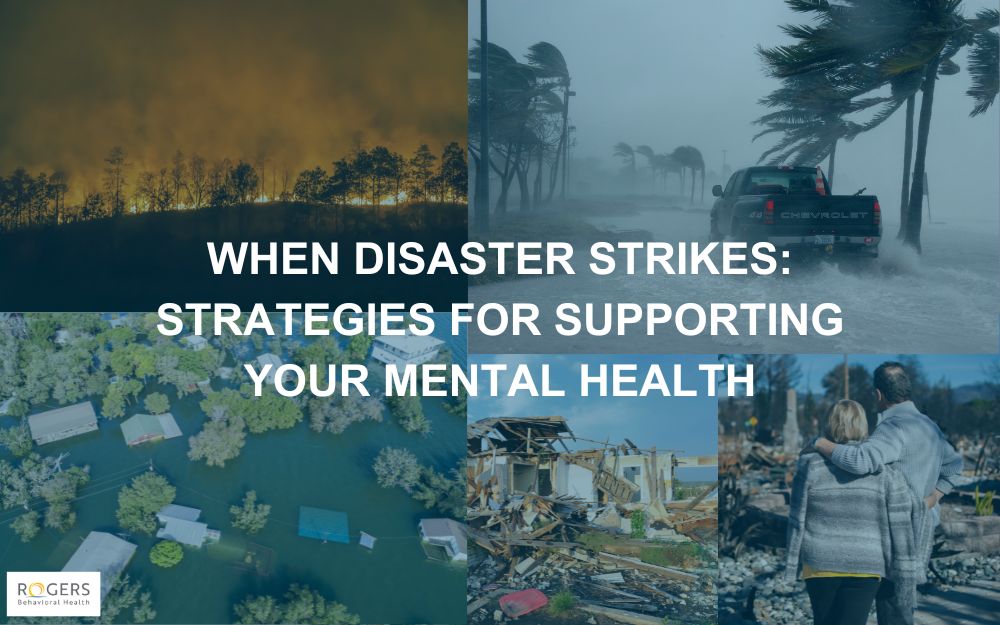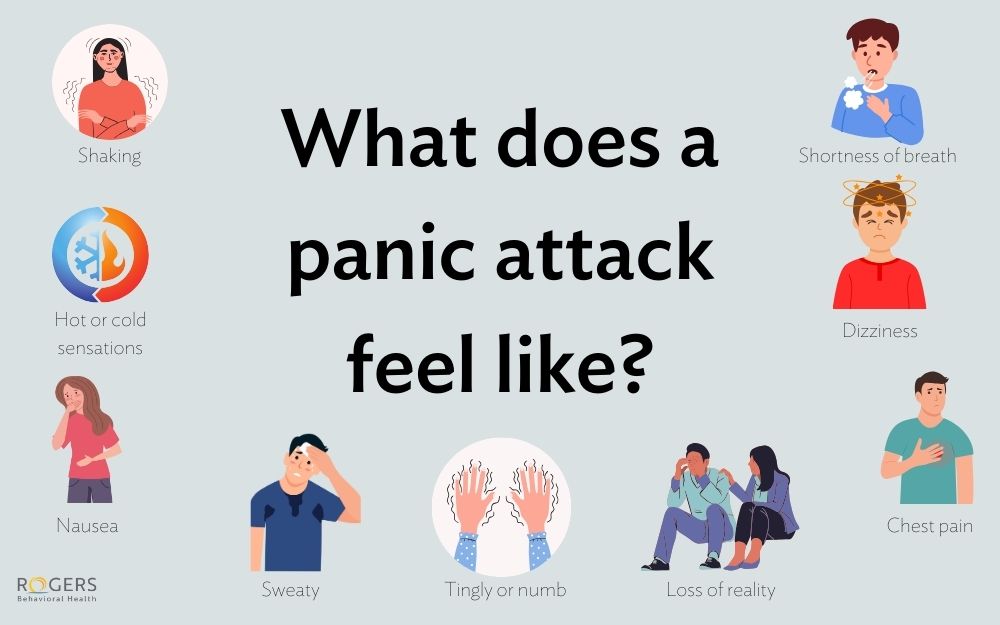Strategies for school staff to spot and support teen mental health struggles
Posted on 04/30/24 10:56:am
Share this article:
With the changing seasons comes the winding down of another school year. Before enjoying the slower pace of summer, students are experiencing the stress of completing final projects and exams, which can add to already heightened levels of anxiety and other mental health challenges.
“When the academic year lets out, some youth are reeling from lack of routine or a structured schedule, with fewer social supports in some cases,” says Lisa Peters, community relations liaison at Rogers in Appleton, and former school counselor for 15 years.
Lisa says it’s critical for all school staff to pay close attention to significant changes in a student’s behavior.
“Teens experience erratic emotions and tendencies,” she says. “They’re in varying stages of identity development and it can be difficult to identify signs of mental health disorders. Consider the frequency and severity of behaviors and how they might be impairing simple daily functioning when you’re determining whether to address any concerns.”
10 behaviors that could signal teen mental health concerns
Lisa shares ten behaviors that could signal a youth is struggling with mental health:
- Withdraws – loses interest in previously held activities, pulls away from friends
- Isolates – walks alone in the hall, sits alone during class time, hides in the bathroom, stops showing up for class or is continually tardy
- Is combative – argues more frequently with peers and adults, even in small matters, has reduced stress tolerance
- Shows aggression – throws objects, hits, kicks, strikes others, or harms self
- Has poor self-care – lax in hygiene
- Appears visibly anxious – fidgets, has tics, repetitive actions, more prone to crying or distraction
- Complains – increased irritability, frequent trips to the nurse’s office or mention of physical ailments resulting in attendance issues
- Has worsening academics – failing to do schoolwork, noticeable drop in grades, minimal or no class participation
- Uses helpless or hopeless talk – writes about low mood, intense emotions in speech or English classes
- Self-harms
Other indicators can be:
- Red eyes
- Odor of alcohol or drugs
- Possession of drug paraphernalia or mention of prescription misuse
- Significant weight gain or weight loss
- Fatigue
- Stomachaches or headaches,
- Chewing fingernails
“Physical markings are often a tell-tale sign of someone who is struggling with mental health,” she adds. “Primarily in girls, you might see cuts on arms and legs. Some students write words on their wrists or clothing, like jeans and tennis shoes. Also, hair ties worn tightly on wrists can leave a red mark and can be a way to self-harm or a method that some middle school students begin to message on their bodies. A goal would be to identify these students, teach them appropriate coping skills, and model ways to ask for help from safe, responsible adults in their lives.”
Teen mental health recommendations for schools
Lisa recommends a multi-layered effort to identify students with mental health challenges.
“All youth can be checked on if schools conduct a student wellness screening,” she explains. “It can be simple with a few questions. You could list common mental health disorder symptoms and ask students to circle what they’re experiencing. In one district I worked in, we decided we would survey students every quarter. Every homeroom teacher made sure every student took the survey at the same time. All results were reviewed by the interdisciplinary team of school social workers, school psychologists, and school counselors. School counselors met with each child, and parents or guardians were notified of the results and given a list of resources.”
Additionally, Lisa says schools need to focus efforts on at-risk students, like those with low attendance, plummeting grades, or behavioral write ups, while also identifying those who would benefit from one-to-one help.
“At-risk efforts include group interventions, motivational interviewing or daily check-ins with select mentors,” she explains. “Individualized efforts include case management, wrap-around services, re-entry supports from hospitalizations, and appropriate referrals or resource sharing.”
Lisa says it’s important for all staff need to be trained in the basics of mental health, saying more trained eyes see more.
“Hold all staff training, teach social emotional skills, offer positive behavioral supports in schools, restorative practices policies, family centered policies, and include substance use prevention in curriculum. Schools need to have a plan and communicate it, so when people see a concern, they immediately know what to do. Rogers has community relations liaisons around the country who are eager to partner with schools to educate about mental health challenges like anxiety and depression in teens, which we all know is on the rise. You can refer any time to Rogers and we’re happy to come alongside a family to figure out what’s best for the student. A person doesn’t need to have tried outpatient counseling before seeking a higher level of care, if that’s what’s needed.”
Programs for children and adolescents at Rogers
Rogers offers multiple levels of care for children and teens struggling with OCD and anxiety, eating disorders, depression, mental health and addiction. Click here to find a Rogers community liaison near you.



